At the Cheese in Bra, our employee Theresa also stopped by the stand of the English cheese refiners Neal's Yard Dairy. The cheeses are really incredibly good, so today Theresa would like to introduce you to one of her favorite cheeses: The Stichelton !
Stichelton is the historical name of the town of Stilton, which gave its name to the well-known cheese. According to the protected designation of origin, Stilton has had to be made from pasteurized milk since 1996 - reason enough for the committed British cheese merchant Neal's Yard Dairy to develop a new cheese made from raw milk, as a kind of re-edition of the historic Stilton.
Neal's Yard Dairy found the ideal partner in the implementation of this ambitious project, which started in 2004 and, after two years of development work, produced the first cheeses in 2006 in the experienced and adventurous Joe Schneider (born in the US and who has been making Gouda cheese in Holland for many years).
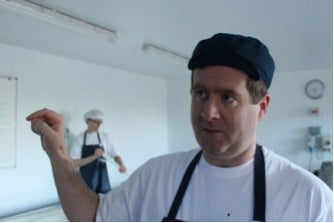
A few years ago I had the opportunity to visit Joe Schneider at the organic Collingthwaite Farm in Nottinghamshire and spend a day at the farm and cheese factory.

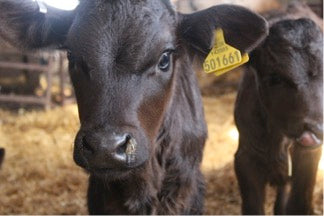
An impressive and instructive experience, after all I had to lend a hand when it came to quickly scooping out the curds, thoroughly sealing the fresh cheese loaves and carefully washing the rind.
Since the cheese dairy only produces stichel clay , this always means the same work steps/handles, constant repetition and thus refinement and specialization of the individual processes. You can taste that in the cheese, which has been continuously developed and improved since the year it was made.
For example, Joe now uses a reduced amount of animal rennet to coagulate the milk: 30g of liquid rennet are used for every 2500l of milk processed daily - significantly less than is usual in other cheese recipes. This results in a particularly soft, fluffy curd, the texture of which is reminiscent of fresh silken tofu and must be processed accordingly carefully.
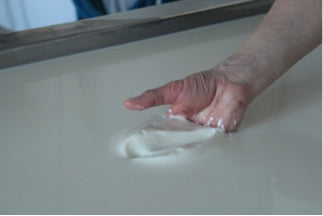
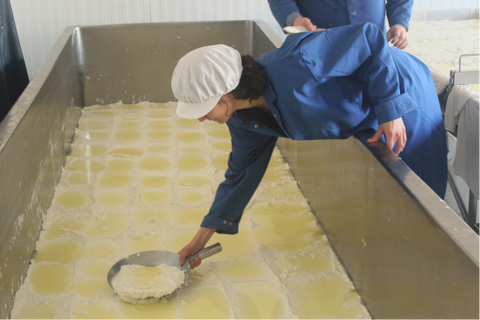
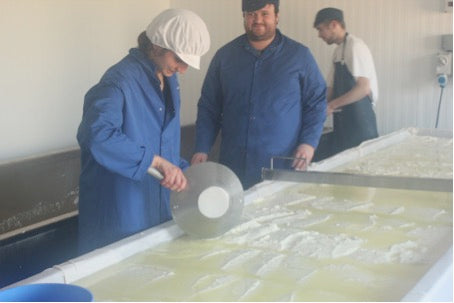
The resulting cheese curd is then scooped out by hand into portions the size of a soup plate after it has been chopped up with the cheese harp so that the whey can drain off gently. In the matured cheese, this complex process results in a particularly creamy texture.
Another special feature is the minimal use of starter cultures combined with careful control of pH and temperature throughout the manufacturing process.
These bacterial cultures, along with other factors, shape the multi-layered and long-lasting taste that you have on the tongue with a piece of Stichelton: creamy-fresh, nutty-caramel, tart-spicy.
Unlike other blue cheeses , the fresh Stichelton loaves are carefully sealed and only pricked by machine after six weeks of maturing; In this way, a complex aroma can develop in the cheese that goes beyond the classic blue mold notes.
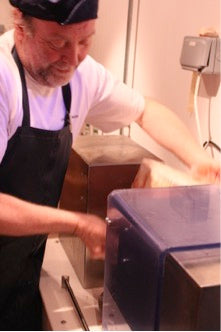
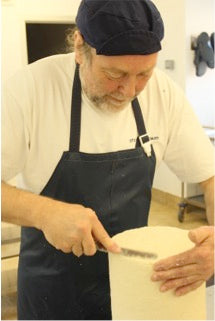
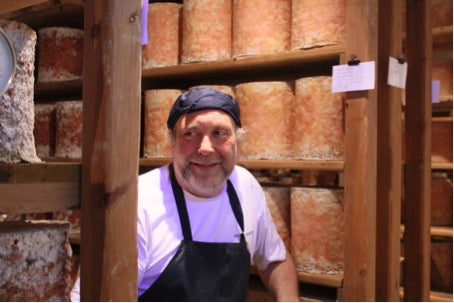
And if you are curious to taste it yourself or to find out more about this exciting cheese, then visit us at Emser Straße 42 or use our practical cheese mail order offer .



